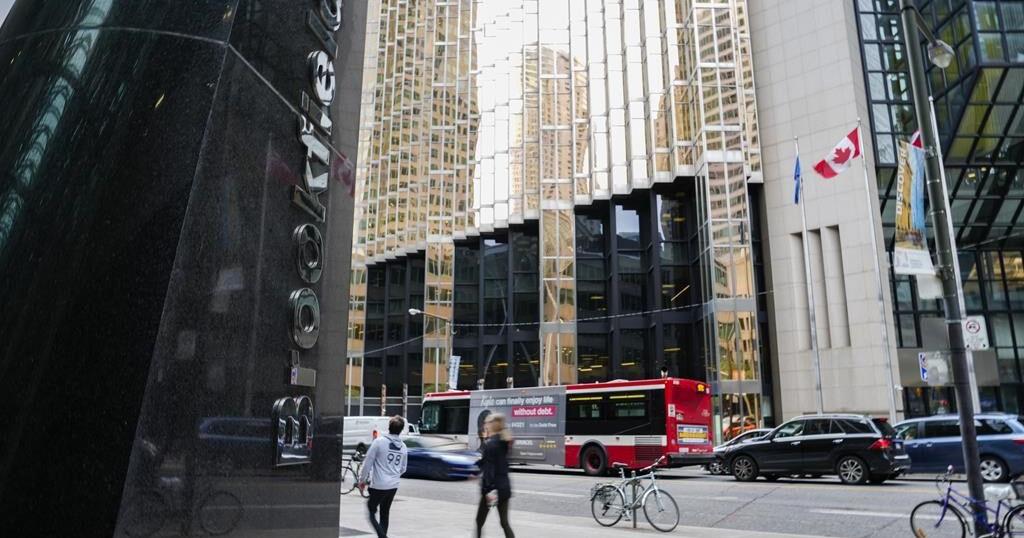Car Insurance Rates Across Canada
Although the rates in Nova Scotia are much less than the majority of the country, you still deserve to find the lowest rate plan available. The average car insurance rate in this province is around $91 per month or $1,093 per year. This is compared to the average rates in Alberta, which are currently sitting at about $114 per month, or $1,371 per year. Worse still, paying the average auto insurance rates in Ontario will set you back about $160 per month, or $1,916 per year.
As with most of Canada, young drivers in Nova Scotia will often pay more than older adults. The province’s young adults – between 25 to 30 years of age – will pay an average of $103 per month, or $1,241 per year in auto insurance. Those between 46 and 50 years of age pay an average of $81 per month, or $976 per year, while older adults – between 61 and 65 years of age – pay very little, at an average of $73 per month, or $878 per year. Nova Scotia’s youngest drivers (under the age of 25) pay the most, with an average car insurance rate of $210 per month or $2,522 per year.
Age isn’t the only factor that affects your auto insurance rates – your gender does as well. On average, men pay about $94 per month in auto insurance, while women often pay approximately $88 a month.
Cheapest Car Insurance Rates in Canada
Nova Scotia ranks 5th for having the lowest premiums on auto insurance in Canada. Most people in the province don’t have to pay much more than the cheapest premiums available in the country. There is only a $59 difference between the cheapest car insurance available in Canada and the average cost for auto insurance in Nova Scotia. All five of the cheapest auto insurance options in the country come from less populated provinces. The difference among the most populated and least populated of the top five lowest options (excluding Quebec) is only 955,445 people. Due to their similar population sizes, the auto insurance premiums among these provinces are also quite close.
Nova Scotia Car Insurance Coverage Options
It is interesting to take a closer look at the coverage chosen most often by drivers in Nova Scotia:
- People who choose the most minimal auto insurance allowed by law pay approximately $69 per month in premiums. This kind of coverage doesn’t cover any damages to your vehicle, but it does cover the costs accumulated by a third party if you’re involved in an accident. This kind of coverage would work for you if you have an older car that you wouldn’t consider repairing if it were to become damaged.
- If you’re leasing a vehicle, you need more than just the bare minimum coverage, and you should look into medium-level coverage that offers liability, collision, and comprehensive damage protection. This kind of coverage will set you back approximately $93 per month.
- Coverage above this level often includes more comprehensive policies that have accident benefits coverage at much higher than the average car insurance policies in Nova Scotia. Costs of these policies rise to $104 per month, as a result. Since there is a relatively small difference between medium and extensive coverage, it is worth your while to consider extensive auto insurance coverage. Saving just a few dollars isn’t worth the additional risk to you or your family.
Your driving record has a big impact on your insurance premiums. If you don’t have any violations within the past six years, you could easily receive reduced rates as cheap as $84 per month or $1,002 per year on car insurance. Having a maximum of even two violations in the last three years makes your car insurance premiums rise exponentially, to approximately $189 per month, or $2,273 a year for auto insurance.
What You Need for Coverage in Nova Scotia
In Nova Scotia, it is mandatory for drivers to have $500,000 in third party liability coverage, at least $50,000 in medical payment coverage, and $2,500 in funeral expense coverage. You will also need $250 a week for disability insurance. As a law in Nova Scotia, you cannot sue for more than $8,123 in pain and suffering caused by major injuries. This rule saves insurance companies money, allowing the province to have an average insurance premium as low as $783.
Related

























